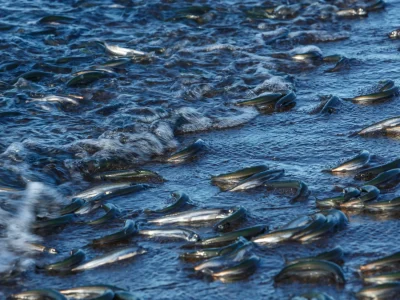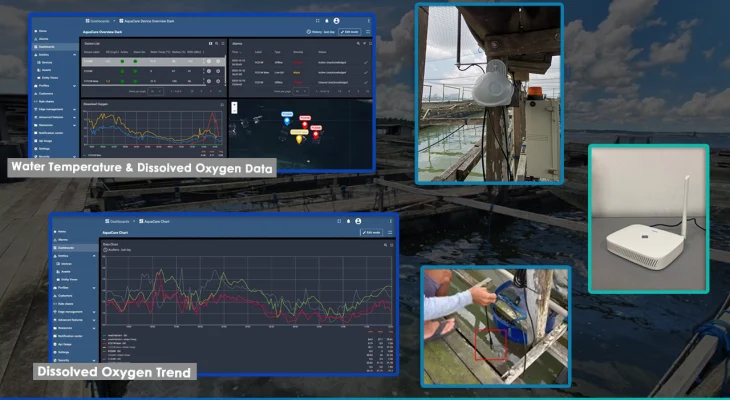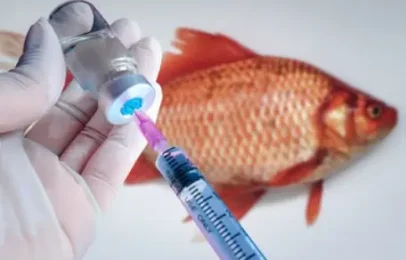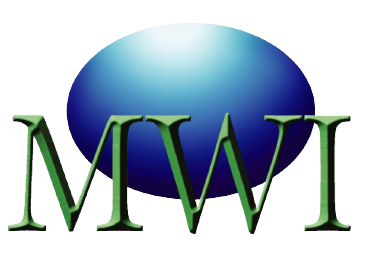Aquaculture is a vital sector in Singapore’s food industry. It faces challenges related to fish health and disease management. This blog post explores these challenges. We offer solutions to ensure the sustainable growth of aquaculture in Singapore.
Understanding Aquaculture Diseases
Disease Outbreaks in Fish Farms
Fish farms often encounter diseases due to crowded conditions. Bacterial, viral, and parasitic infections can rapidly spread, impacting the entire stock. Early detection is crucial to prevent large-scale outbreaks.
Common Diseases in Aquaculture
Some common diseases include White Spot Syndrome in shrimp. Another is Infectious Salmon Anemia in salmon. These diseases can cause significant economic losses and disrupt the supply chain.


Singapore’s Aquaculture Context
Singapore’s Unique Position
As a small nation, Singapore relies heavily on imported seafood. However, local aquaculture initiatives have been growing. Thus aiming to bolster self-sufficiency in fish production. Managing fish health is critical to this goal.
Technology and Innovation
Singapore harnesses technology in aquaculture. There are different types of technologies used in aquaculture to ensure that the fishes are thriving in optimal conditions. Technologies such as the water quality monitoring systems will ensure that the waters are always within optimal temperature ranges and dissolved oxygen levels.
Disease Prevention Strategies
Biosecurity Measures
Implementing strict biosecurity protocols is essential. This includes quarantine procedures for new stock and regular health checks. Keeping the environment clean and well-maintained reduces disease risk.
Vaccination and Immunity
Vaccinations have proven effective against certain diseases. Building a strong immune system in fish through proper nutrition too.

Sustainability and Future Directions
Sustainable Practices
Sustainable aquaculture involves balancing production with environmental conservation. Practices like integrated multi-trophic aquaculture (IMTA) where two or more organisms are farmed together to reduce waste and improve efficiency. It also provides ecosystem services.
Research and Development
Ongoing research is vital for developing new methods to combat fish diseases. Collaboration among researchers, industry, and government agencies can lead to innovative solutions.
Effective disease management in aquaculture is important. For the sustainability and growth of this sector. In Singapore, leveraging technology and adopting best practices are key strategies. Ensuring the health of fish stocks not only supports the local industry. But also contributes to global food security.
Aquaculture is a vital sector in Singapore’s food industry. It faces challenges related to fish health and disease management. This blog post explores these challenges. We offer solutions to ensure the sustainable growth of aquaculture in Singapore.


